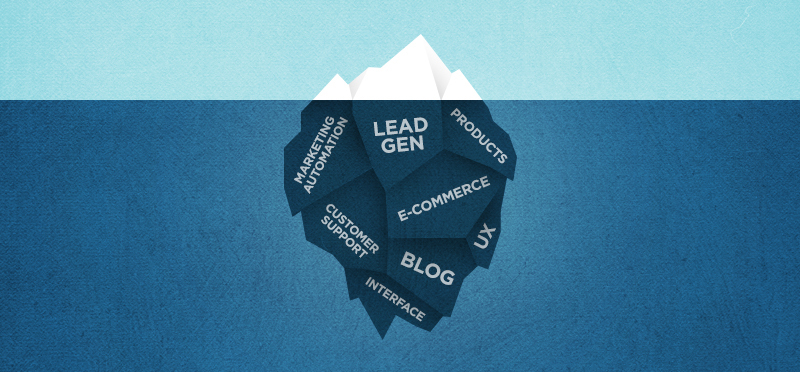Decouple Your CMS: A Plan for Minimizing Disruption, Cost, and Risk

Today’s digital marketing managers are in a tough spot. With annual targets often based on dreams not data, it’s become matter-of-course for sales projections to rely almost wholly on an increase in qualified leads from Marketing, and Marketing to expect those leads to come from the web. With great power comes great responsibility, I suppose.
At the heart of it all is your website’s content management system, the monolithic hub that brings everything together. Unfortunately, as many website managers have experienced first-hand, changing over a CMS requires a substantial investment of time and money with no obvious or immediate return. Choose right, nobody notices. Choose wrong, it’s your job on the line. Even for the most diligent researchers, risk is everywhere:
- Will the new CMS easily integrate with each and every one of your existing tools?
- If your lead developer quits, will you be able to find others to support it?
- Is it flexible enough to tailor the user experience around your customers?
- Will it adapt to your needs in the future, and if so, at what cost?
And that’s just the tip of the iceberg. You won’t really know what you’re up against until it’s much too late to change your course. You need to break that risk into smaller chunks.
What is a Decoupled CMS?
Also referred to as a Headless CMS, a decoupled CMS is a system in which the process of managing content has been separated from the process of templating pages. Rather than building out your entire website within Wordpress or Drupal, the system is only used for creating and maintaining your library of content, not presenting it. Or in the case of Magento, you might manage inventory and handle checkout with it, but separate the broader shopping experience.

By adding an API to such a system, your content can be put to use in any number of different layouts, websites, or applications. The inverse is also true, a single website can easily source its information from multiple APIs – page content from the CMS, customer data from Salesforce, support documentation from Zendesk, etc.
One huge system becomes two separate components – content and presentation – resulting in less potential risk and a simplified set of problems for each part to solve. The CMS component needs to be good at structuring content, not templating. The front-end component needs to be elegant and lightning fast, but the toolset is up to you.
What does this mean for digital marketers?
It may seem like a small shift in perspective, but the implications are huge for digital marketing decision-makers – especially those who manage multiple web properties, or manage sites that depend upon a combination of great design, sales-focused content, and robust e-commerce (B2B marketers, I’m talking to you). Here’s why it’s a powerful concept:
- User experience is no longer limited by the templating capabilities of the CMS
- Top-notch web design, UX, and front-end talent can be unleashed
- Developers can pursue cutting-edge technology without disrupting existing business systems
- Your website can source its content from multiple, more specialized systems
- The CMS can be changed without requiring a total rebuild of the website
Quality goes up, disruption is minimized, costs are compartmentalized, and the risks associated with any potential misstep are dramatically reduced.
Sounds interesting, but where to begin?
At Astuteo, we focus on three criteria when considering a decoupled CMS – minimized disruption, reliability, and best of breed. In other words: We all agree we want the latest and greatest technology, but first let's look at the tools you have, figure out what's working and what's not, then determine what to rebuild or what to retrofit based on your particular situation.
Where you begin with your own process depends your infrastructure and what works best for your company, but here are a some starter questions your team may wish to consider:
- How many different websites and apps does our company maintain?
- In what ways do our websites and/or applications overlap?
- Is our overall web presence consistent in quality, content, and appearance?
- What software systems are working especially well for our business?
- Which software systems are we unwilling to change at this time?
- What processes are we dealing with manually – ordering, customer support, etc. – that we should consider automating?
- Is our current CMS reliable, secure, and up-to-date?
- What does our current CMS do well, and where is it failing us?
- Do we have ultimate control over our UX design, or does our CMS restrict what we can do?
By asking these and other similar questions, you will begin to see the potential of decoupling your CMS. If you have more questions or want dig deeper into the concept, don’t hesitate to get in touch. We're here to serve.